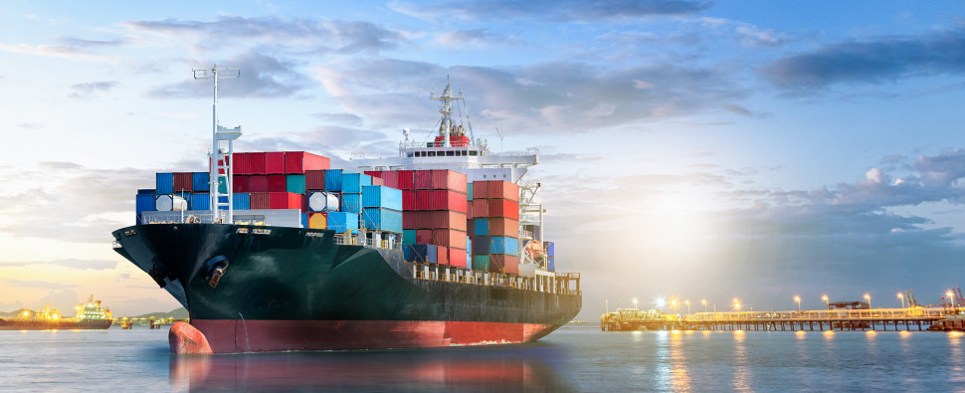
Global spot rates soar on Major Asia-Europe and Asia-US trades
LONDON : A combination of factors have combined to send global spot rates reaching for the skies on
the major trades out of Asia to Europe and the US according to Drewry Shipping Consultants’ latest WCI index.
The composite index increased 16% over the past week to US$4,072/feu, a massive 142%
higher than in the same week last year.
Drewry analyst Simon Heaney told that there were a number of factors that have combined to drive up freight rates since the beginning of this month, though the surge in rates has taken analysts by surprise and Heaney admits Drewry is “not 100% sure” why rates have entered into a rapid upward spiral.
“We think there has been a surge in demand over the last three weeks, which when
combined with the blank sailings and a snarled-up flow of boxes to Asia, with the added
challenge of the operational disfunction caused by bad weather in Asia, has caused rates to
spike,” stated Heaney.
Uncertainty over the demand figures is caused by the fact that these figures have not yet
been collated but the company is relying on anecdotal evidence that will be modified when
the data is available.
According to Drewy’s data freight rates from Shanghai to Rotterdam increased 20%, US$827, reaching US$4,999/feu. While, rates from Shanghai to Los Angeles increased 18%, US$801, rising to US$5,277/feu.
Shanghai to Genoa prices increased 15% rising to US$5,494/feu and Shanghai to New York rates rose 13% to US$6,463/feu.
On the Atlantic rates to New York from Rotterdam increased 1% to US$2,241/feu and
Rotterdam to Shanghai rates nudged 1% lower to $673/box. Backhaul rates from Los Angeles to Shanghai and New York to Rotterdam remain stable, said the consultant.
Heaney said that it was Drewry’s view that the spike in rates was temporary rather than
structural and with 1m TEUs in tonnage already delivered this year and a further 250,000 TEUs being added every month on average the expectation is that these supply chain
complications will not last.
Moreover, there are question marks on the demand side of the equation with uncertainty
over whether the surge in cargo is to replenish inventories, or an early start to the peak
season as some analysts are suggesting.
What is clear is that Asian ports are unprepared and the irregular arrivals caused by blanked sailings as a result of the vessel shortage for the diversions around the Cape are creating operational challenges for Asian ports.
“In the first four months of the year, the market was flatlining even with the extra 1m TEUs in capacity, now there is a shortage of capacity due to what appears to be a substantial
increase in that demand,” added Heaney.
He added that some importers may be looking to build a safety buffer of inventory in case
there are delays or disruptions to supply chains, as seen during the pandemic. However, the current disruptions also mean that containers are slow to return to Asia and that has
created an additional bottleneck.
